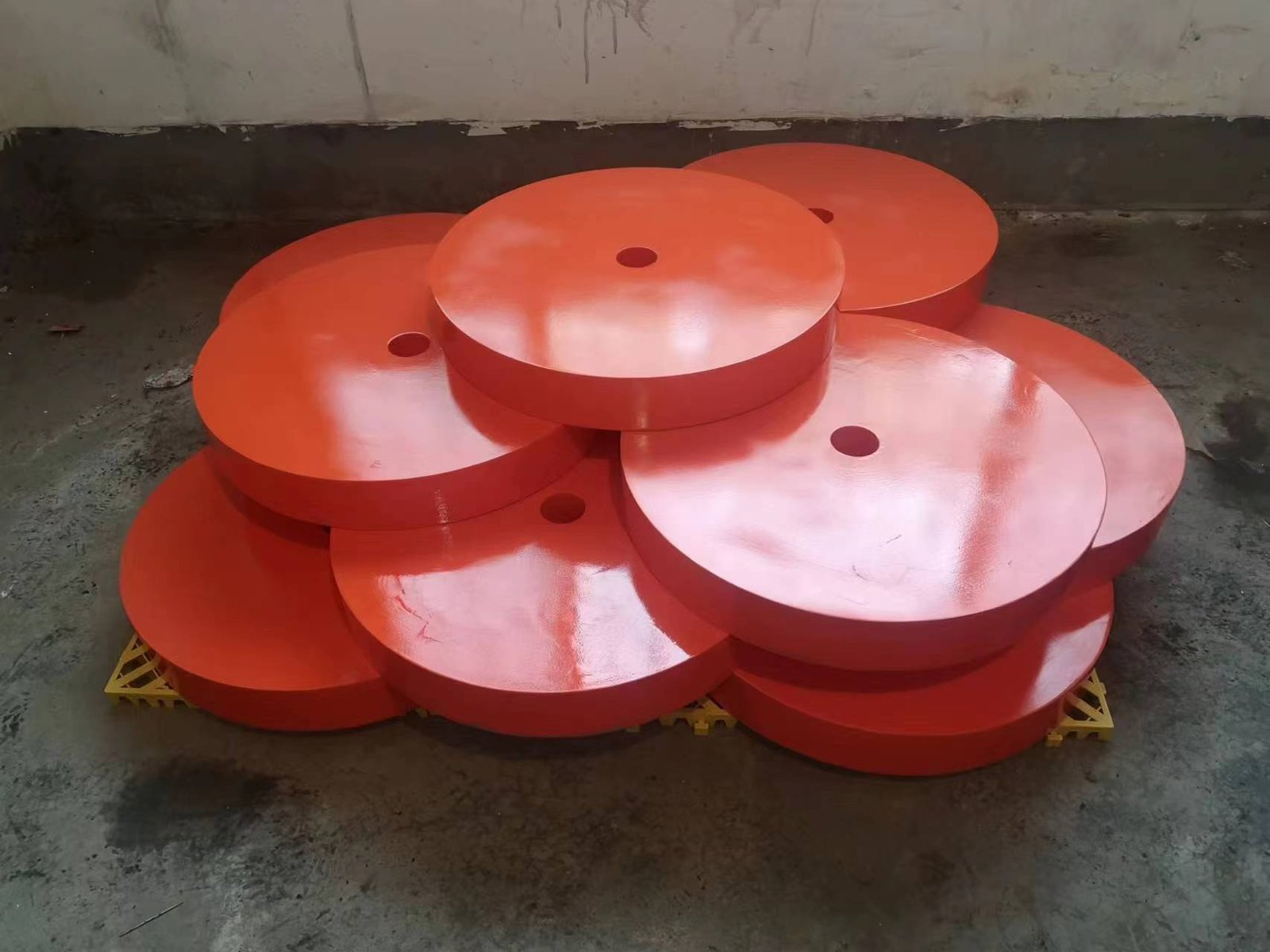NEWS
The solid buoyancy material advantages
Writer: admin Time:2023-12-20 20:07:48 Browse:384℃
(1) Capable of withstanding omnidirectional hydrostatic pressure in marine environments (with pressure increasing by 1MPa for every 100m increase in water depth). Within specified operating depths, it remains undamaged and exhibits excellent pressure resistance.
(2) Low density of solid buoyancy material, approximately half or even lower than the density of water itself. It provides sufficient net buoyancy for various underwater operation systems, thereby enhancing their operational performance.
(3) Low water absorption and high bulk modulus of elasticity enable it to provide stable buoyancy under significant water pressure, ensuring the safe and reliable operation of ballasting equipment.
(4) Exhibits good weather resistance and corrosion resistance, ensuring normal usage in complex underwater marine environments.
(5) Addresses the pressure resistance and structural stability of various underwater operation systems in deep-sea conditions. Simultaneously, in case of mechanical power failure or unexpected events such as cable breakage, or when completing underwater observation tasks and requiring the recovery of observation equipment, it ensures the automatic buoyancy of the system or device to prevent loss and ensure safety of life and property.
(6) Excellent physical and chemical properties, such as insulation, heat insulation, flame resistance, and sound insulation.
(7) Excellent machinability, allowing it to be machined into any shape, size, or surface as designed. The material exhibits isotropy, making it easy to grind and repair during on-site installation and assembly.
(8) Controllable material density for both aesthetic and practical purposes.
(9) Non-toxic and harmless to the environment, causing no pollution. Therefore, solid buoyancy material is a new type of special marine engineering material that combines lightweight and pressure-resistant characteristics. It comprehensively overcomes the limitations of traditional buoyancy materials, such as high density, low strength, and inability to be machined. Through formula design, materials of any density can be obtained. Moreover, it can be used in deep-sea conditions, leading to rapid development and widespread application in various underwater operation systems, particularly in the field of marine engineering.


CATEGORIES
LATEST NEWS
CONTACT US
QQ:
Phone: Whatsapp: +86 15163359933
Tel: Whatsapp: +86 15163359933
Email:
Add: No.08, Zhaoyang Road, Rizhao City, Shandong Province, China